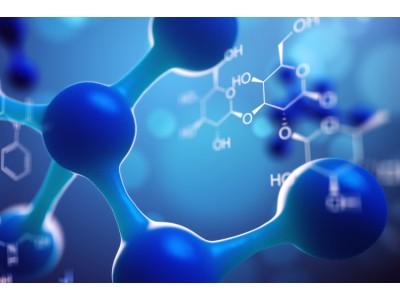| Bioactivity | Hoechst S 769121 is a marker dye in Hoechst series. Hoechst is A live nuclear marker dye. Hoechst binds to the grooves in the DNA double strand, which tends to be A/ T-rich DNA strand. Although it binds to all nucleic acids, the A/ T-rich double strand DNA significantly enhances fluorescence intensity Therefore,Hoechst dye can be used for living cell labeling. The fluorescence intensity of Hoechst dye increases with the increase of pH of solution[1]. Storage: Keep away from light. |
| Invitro | Hoechst 工作液的配制1.1 制备储存液用 ddH2O 配制 2 mg/mL 的 Hoechst 储存液。注:Hoechst 储存液建议分装后于 -4℃ 或 -20℃ 避光保存。1.2 工作液的配制用预热好的无血清细胞培养基或 PBS 稀释储存液,终浓度为 10 μg/mL Hoechst 工作液。注:请根据实际情况调整 Hoechst 工作液浓度,且现用现配。2. 细胞染色(悬浮细胞)2.1 离心收集细胞,加入 PBS 洗涤两次,每次 5 分钟。细胞密度在 1×106/mL2.2 加入 1 mL Hoechst 工作液,室温孵育 3-10 分钟。2.3 400 g,离心 3-4 分钟,弃去上清。2.4 加入 PBS 洗涤细胞两次,每次 5 分钟。2.5 用 1 mL 无血清培养基或 PBS 重悬细胞后,使用荧光显微镜或流式细胞仪进行观察。3. 细胞染色(贴壁细胞)3.1 将贴壁细胞培养于无菌盖玻片上。3.2 从培养基中移出盖玻片,吸除多余培养基。3.3 加入 100 μL 染料工作液,轻轻晃动使其完全覆盖细胞,孵育 3-10 分钟。3.4 吸去染料工作液,用培养基洗 2-3 次,每次 5 分钟,使用荧光显微镜或流式细胞仪进行观察。保存条件4℃,避光保存一年注意事项1. 请根据实际情况调整 Hoechst 工作液浓度。2. 本产品仅限于专业人员的科学研究用,不得用于临床诊断或治疗,不得用于食品或药品。3. 为了您的安全和健康,请穿实验服并戴一次性手套操作。 |
| Name | Hoechst S 769121 |
| CAS | 74681-68-8 |
| Formula | C25H28Cl3N7O2S |
| Molar Mass | 596.96 |
| Appearance | Solid |
| Transport | Room temperature in continental US; may vary elsewhere. |
| Storage | 4°C, sealed storage, away from moisture and light *In solvent : -80°C, 6 months; -20°C, 1 month (sealed storage, away from moisture and light) |
| Reference | [1]. Latt SA, Stetten G, Juergens LA, Recent developments in the detection of deoxyribonucleic acid synthesis by 33258 Hoechst fluorescence. The journal of histochemistry and cytochemistry : official journal of the Histochemistry Society 23 (7): 493-505. [2]. a b c "Hoechst Stains". Invitrogren (Molecular Probes). [3]. Portugal J, Waring MJ. Assignment of DNA binding sites for 4',6-diamidine-2-phenylindole and bisbenzimide (Hoechst 33258). A comparative footprinting study. Biochimica et Biophysica Acta 949 |

Hoechst S 769121
CAS: 74681-68-8 F: C25H28Cl3N7O2S W: 596.96
Hoechst S 769121 is a marker dye in Hoechst series. Hoechst is A live nuclear marker dye. Hoechst binds to the grooves i
Sales Email:peptidedb@qq.com
This product is for research use only, not for human use. We do not sell to patients.